
Aerial photo taken on Aug 17, 2020 shows a photovoltaic power station at the green industrial development park in the Tibetan autonomous prefecture of Hainan, Northwest China's Qinghai province. (Photo/Xinhua)
Frequently hitting the headlines, climate change was no doubt one of the hottest buzzwords in China in 2021. Dedicated government policies on climate change have consistently grabbed public attention, sending strong signals that the country will resolutely forge ahead with its formidable climate targets.
Not all news on the topic, however, was welcome. In September and October, for example, multiple provinces across the country reported power rationing, with some regions even experiencing power cuts, as power supply and demand was strained in those areas due to comprehensive measures to cap energy consumption and cut emissions.
The power crunch, which disturbed some people's daily life, prompted a swift response from authorities at all levels to address the issue.
No wonder that when the Political Bureau of the Communist Party of China Central Committee conducted its first group study session this year on Monday, President Xi Jinping, who is also general secretary of the CPC Central Committee, stressed that China's climate targets mean a broad and profound transformation and these green tasks are no easy job.
China announced in September 2020 that it aims to peak carbon dioxide emissions before 2030 and realize carbon neutrality before 2060. Since that announcement, the country has seen its policy system for the targets increasingly improved, deepened and made more detailed, said Wang Yi, vice-president of the Chinese Academy of Sciences' Institutes of Science and Development.
Aside from reviewing the progress China has made in this work, the study session demonstrated the high level of consensus within the Party, especially among the leadership, that the targets are crucial in promoting the country's high-quality development, he added.
Previously, low-carbon transition was also highlighted at a group study session of the Political Bureau in April, on the topic of ecological civilization, a concept Xi has promoted for balanced and sustainable development that features the harmonious coexistence of mankind and nature.
In the April session, Xi called on Party officials and governments at all levels to set clear timetables and road maps to promote economic and social development based on the efficient utilization of resources and green, low-carbon growth.
Considering the complexity of the systematic transformation that needs to take place as China strives to become carbon neutral, Wang said the consensus needs to be further enhanced.
"Not only should the consensus be further consolidated, but it should be translated into actions in different regions in a coordinated national response," said Wang, who is also a member of the Standing Committee of the National People's Congress and the NPC's Environmental Protection and Resources Conservation Committee.
He said that, at the recent study session, the central authorities set out requirements that could further stimulate these green moves, including promoting the climate targets as a more important factor to be considered in assessing regional socioeconomic development.
In addition to setting more demanding compulsory goals, Xi said on Monday that supervision and performance appraisal should be strengthened in order to create greater synergy in the country's low-carbon transition.
Air pollution control
The approach highlighted by Xi has proved to be effective in the country's campaign on air pollution control.
In 2014, China started to include PM 2.5 particulate matter control in officials' performance appraisals. Those who failed to fulfill goals on reducing the density of the air pollutant can be disqualified from promotion.
Since then, the country has experienced noticeable improvements in its air quality. For example, Beijing has seen its annual average PM 2.5 concentration decrease from 89.5 micrograms per cubic meter in 2013 to 33 mcg per cubic meter last year. In a move to strengthen officials' ability to promote the green transition, Xi called for the climate targets to be incorporated as key elements in the education and training of officials.
Xi also stressed that the relationship between development and emission reduction must be properly handled.
Cutting emissions is not aimed at curbing productivity, he said, stressing that economic development and green transition should be mutually reinforcing.
While reducing carbon emissions, efforts should be made to safeguard energy security, industrial and supply chain security, and food security, as well as ensuring that people's normal daily lives are not affected, the president stressed.
At a forum last year, Wang Jinnan, head of the Chinese Academy of Environmental Planning, said energy demand in China is expected to keep increasing as the nation endeavors to realize socialist modernization by 2035, making the country's arduous climate targets even more challenging.
The European Union has about 70 years to go from carbon peak to neutrality, and it needs to reduce its carbon emissions by 60 million metric tons annually during this period, said Wang, who is also an academician of the Chinese Academy of Engineering.
China, on the other hand, has to reduce its emissions annually by at least 300 million tons from 2030 to 2060, five times the amount of the EU, in order to achieve that goal.








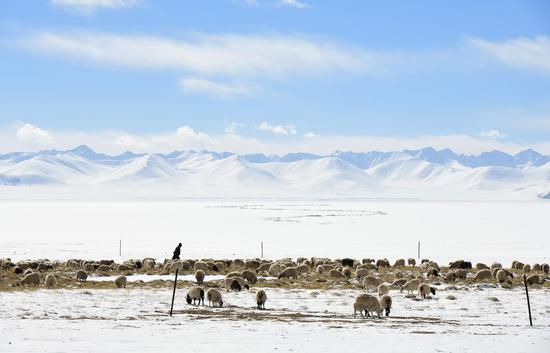

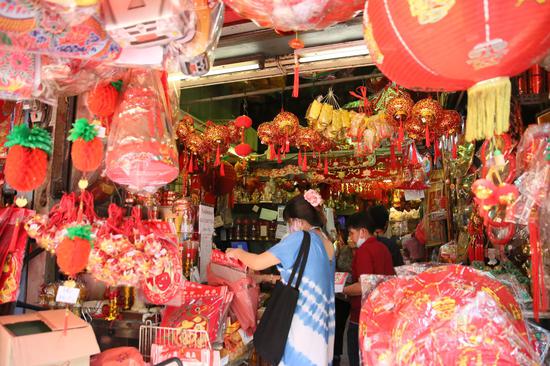
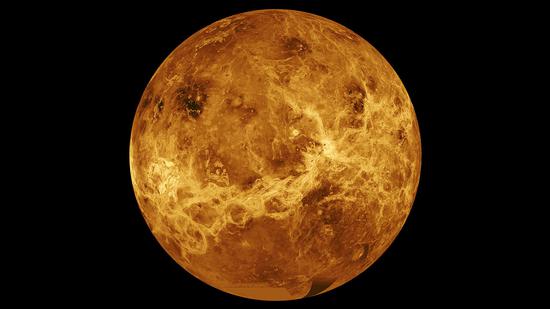

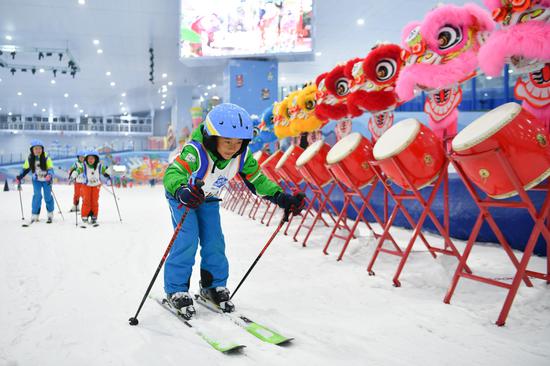
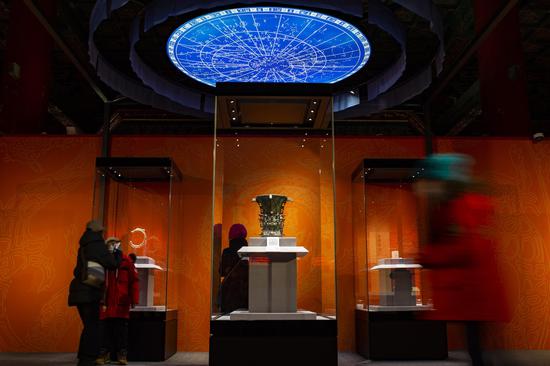

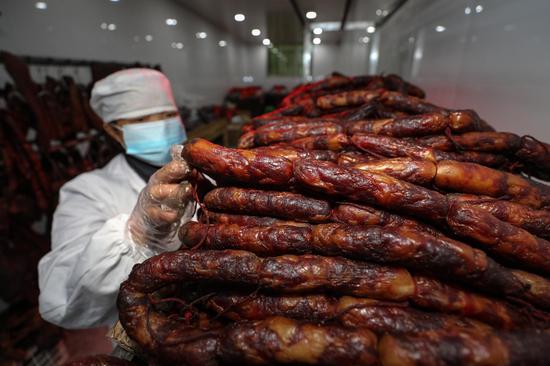
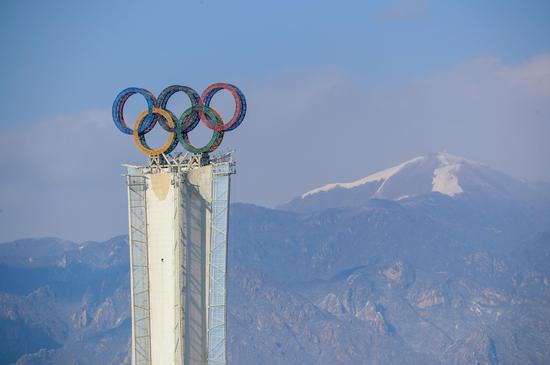
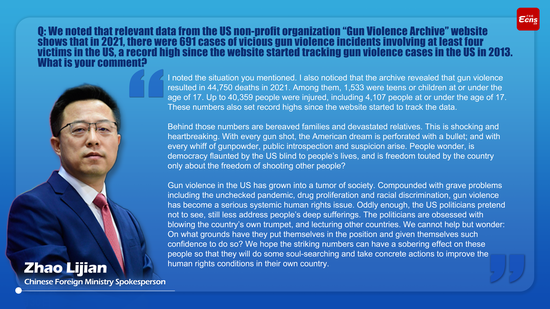


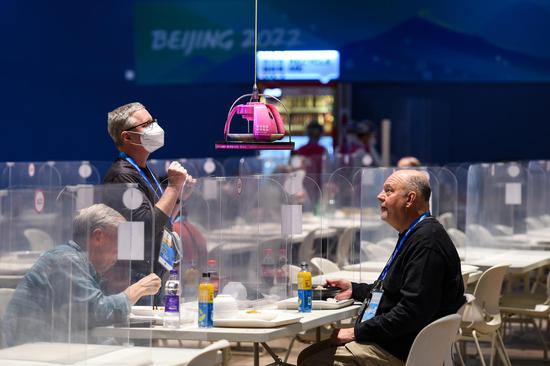

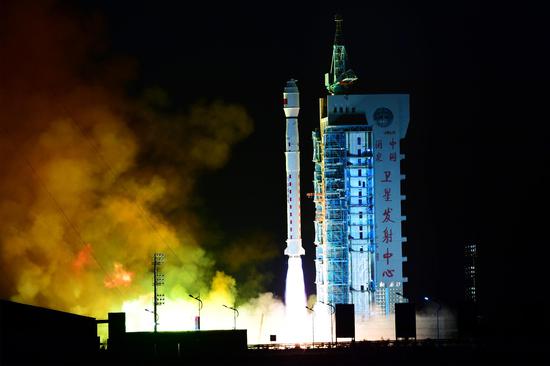
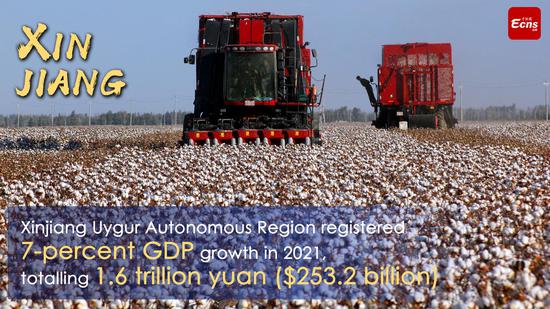
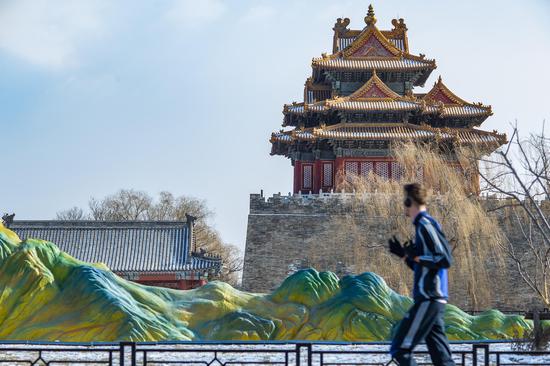
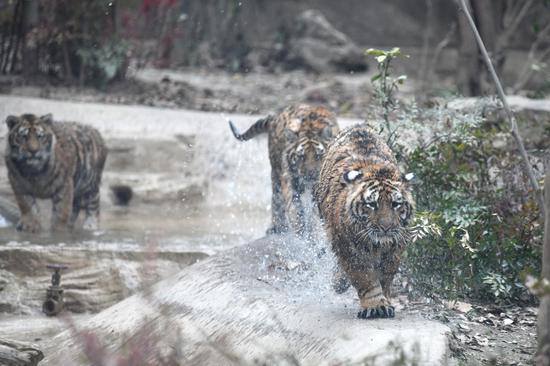
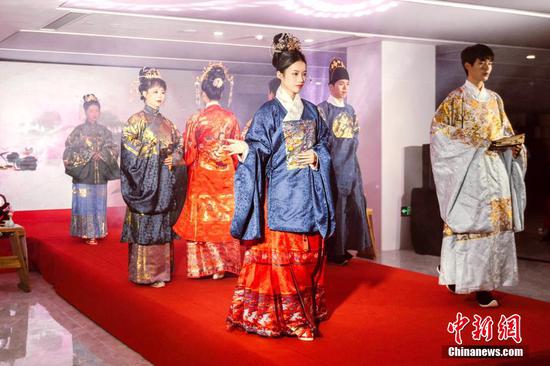

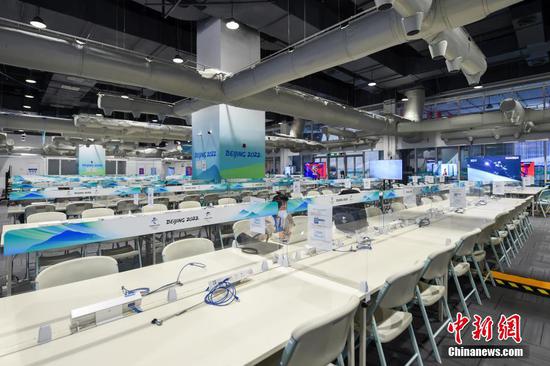
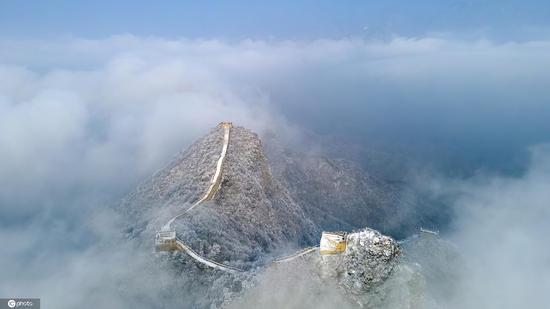
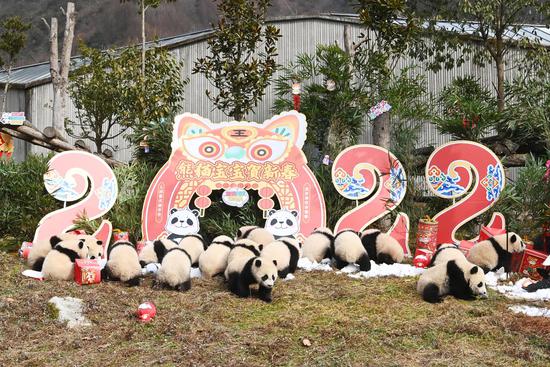
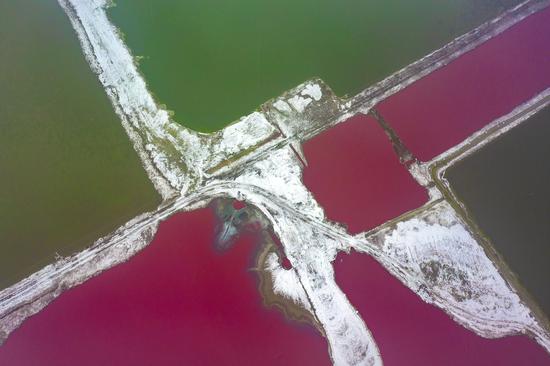
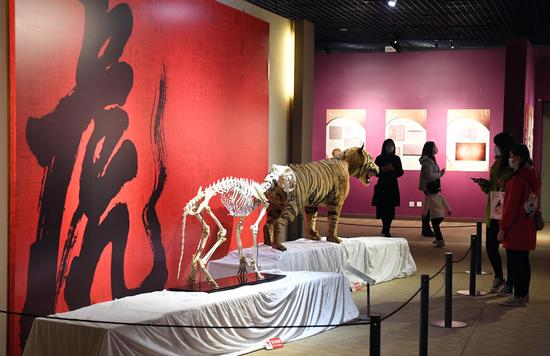
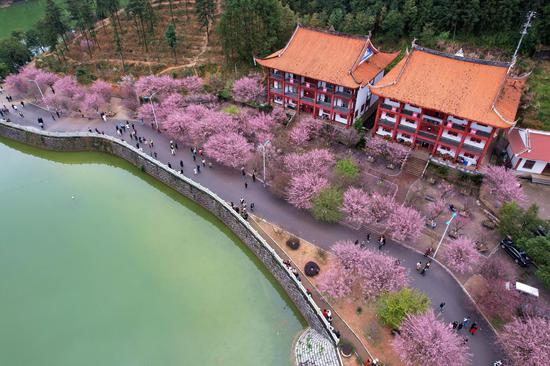
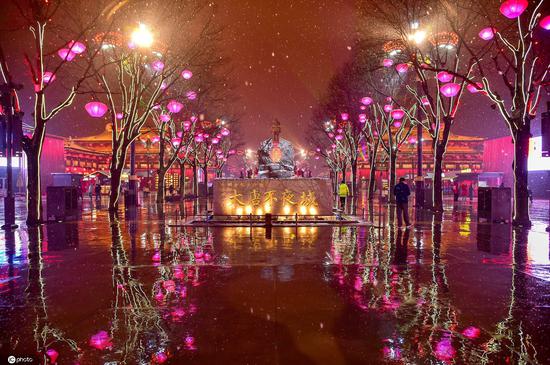

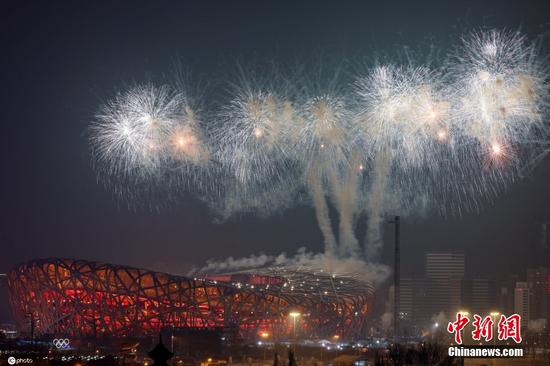

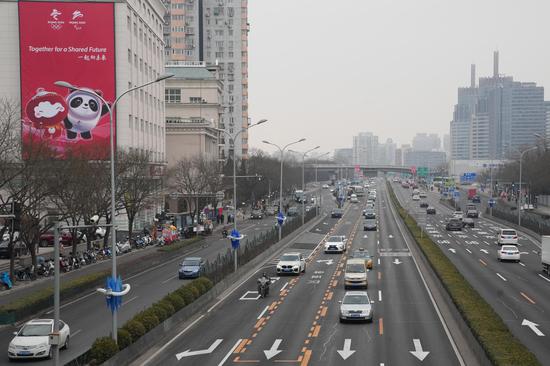
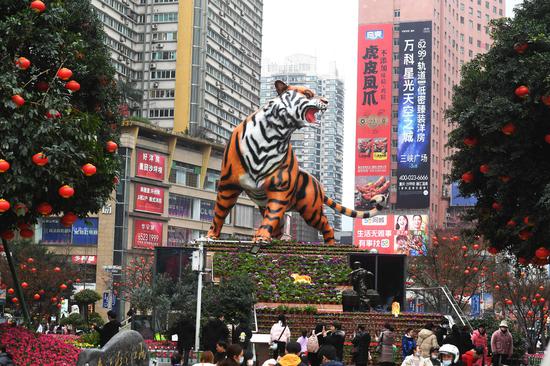

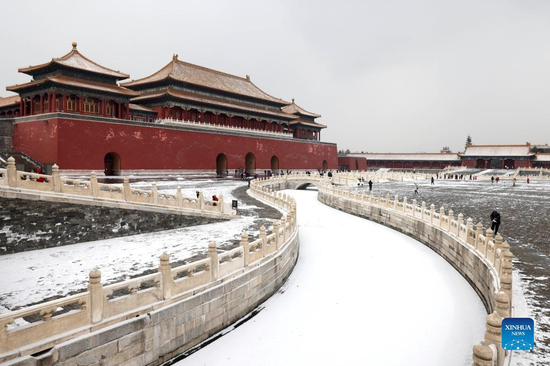
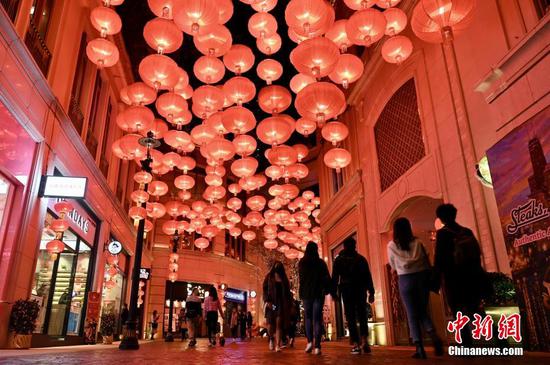






 京公網(wǎng)安備 11010202009201號
京公網(wǎng)安備 11010202009201號